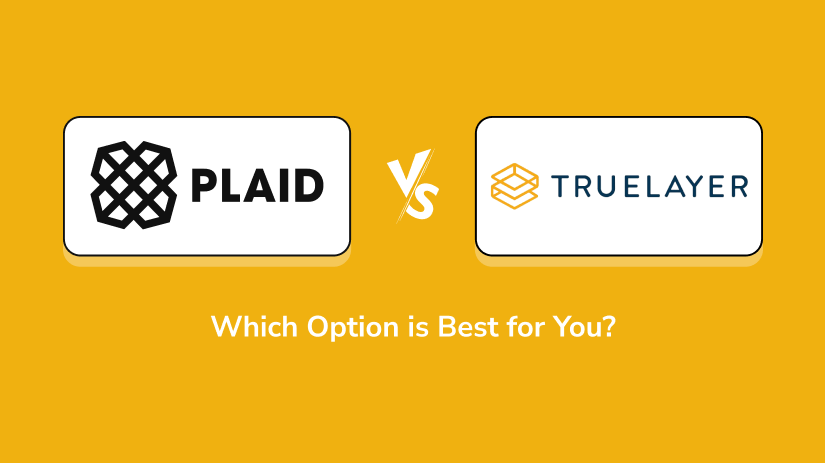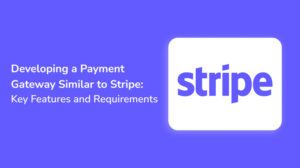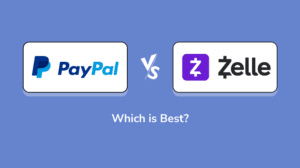In the world of financial technology, APIs (Application Programming Interfaces) have become the backbone of many innovative services and applications.
They allow different software systems to communicate and share data seamlessly, enabling businesses to offer enhanced user experiences and functionality. Two prominent players in the realm of financial APIs are Plaid and Truelayer.
Both offer powerful solutions for accessing financial data and facilitating transactions, but which one is the better choice for your specific needs?
Let’s delve into a comparison of Plaid vs Truelayer to help you make an informed decision.
What is Plaid?

Plaid is a well-established fintech company that specializes in providing APIs for financial services.
Its suite of products enables fintech developers to build applications that can connect with users’ bank accounts, verify account information, fetch transaction data, and initiate payments.
Plaid’s technology powers a wide range of financial apps, including budgeting tools, investment platforms, and payment processors.
Connect with us for Fintech Development Needs
Trusted by companies like Plaid, Yodlee, Codat.
Key Features of Plaid
Several features that help in financial software development are offered by Plaid. Let’s see the key features of Plaid API integration services.

Bank Account Connectivity
Plaid offers robust capabilities for connecting to thousands of financial institutions, allowing developers to access account balances, transaction histories, and other account details.
Transaction Data
With Plaid, developers can retrieve detailed transaction data, categorize transactions, and analyze spending patterns to provide valuable insights to users.
Authentication and Verification
Plaid provides secure authentication methods to securely verify users’ identities and link their bank accounts to third-party applications.
Payment Initiation
Plaid API integration services supports payment initiation, enabling businesses to accept payments directly from customers’ bank accounts, bypassing traditional payment methods like credit cards.
As you learned about the Plaid, let’s explore the Truelayer integration and its features to compare better!!
What is Truelayer?

Truelayer is another leading provider of financial APIs, offering solutions for accessing banking data and facilitating payments.
Like Plaid, Truelayer empowers developers to create innovative financial applications that leverage real-time banking information and payment capabilities.
Key Features of Truelayer
A number of features that help in fintech software development specifically for the banking sector are offered by Truelayer. Let’s see the key features of Truelayer API integration services.

Banking APIs
Truelayer provides APIs for accessing banking data, including account information, transactions, and balances, across multiple financial institutions.
Payment APIs
Truelayer’s payment APIs allow businesses to accept payments and initiate transactions directly from users’ bank accounts, streamlining the payment process and reducing transaction fees.
Open Banking Platform
Truelayer is deeply involved in the open banking movement, advocating for greater data accessibility and interoperability between financial institutions and third-party developers.
Security and Compliance
Truelayer prioritizes security and compliance, implementing robust measures to protect users’ financial data and ensure regulatory compliance across different regions.
Relevant Blog: Plaid vs Tink
Connect with us for Fintech Development Needs
Trusted by companies like Plaid, Yodlee, Codat.
Choosing the Right Option for You
Now that we’ve examined the key features of both Plaid and Truelayer, how do you decide which option is best suited for your needs?
Here are some factors to consider:
Scope of Integration
Consider the specific functionalities and data sources you require for your application. Both Plaid and Truelayer offer comprehensive APIs, but one may have better coverage or support for certain features that align with your requirements.
Developer Experience
Evaluate the developer experience offered by each platform, including documentation, SDKs (Software Development Kits), and support resources. A well-documented and easy-to-use API can significantly accelerate the development process and reduce technical overhead.
Regulatory Considerations
If you’re operating in regions subject to specific regulatory frameworks, such as GDPR (General Data Protection Regulation) in Europe or PSD2 (Payment Services Directive 2), ensure that your chosen provider complies with relevant regulations and standards.
Scalability and Reliability
Consider the scalability and reliability of each platform, especially if you anticipate rapid growth or high transaction volumes. Look for providers with a proven track record of uptime, performance, and scalability.
Cost and Pricing Structure
Compare the pricing models of Plaid and Truelayer, including any associated fees for API usage, transactions, or additional services. Choose the option that offers the best value for your budget and usage patterns.
Conclusion
Ultimately, choosing between Plaid and Truelayer will depend on your specific requirements, priorities, and preferences.
Both platforms offer powerful tools for accessing financial data and facilitating transactions, empowering developers to create innovative financial applications that enhance the user experience and drive business growth.
Before deciding, thoroughly evaluate each option, consider conducting a proof of concept or pilot project, and solicit feedback from your development team and potential users.
By taking a strategic approach to evaluating your options, you can choose the platform that best aligns with your goals and sets the foundation for success in the rapidly evolving landscape of financial technology.
Happy Plaid & Truelayer Integrations!!
Connect with us for Fintech Development Needs
Trusted by companies like Plaid, Yodlee, Codat.





